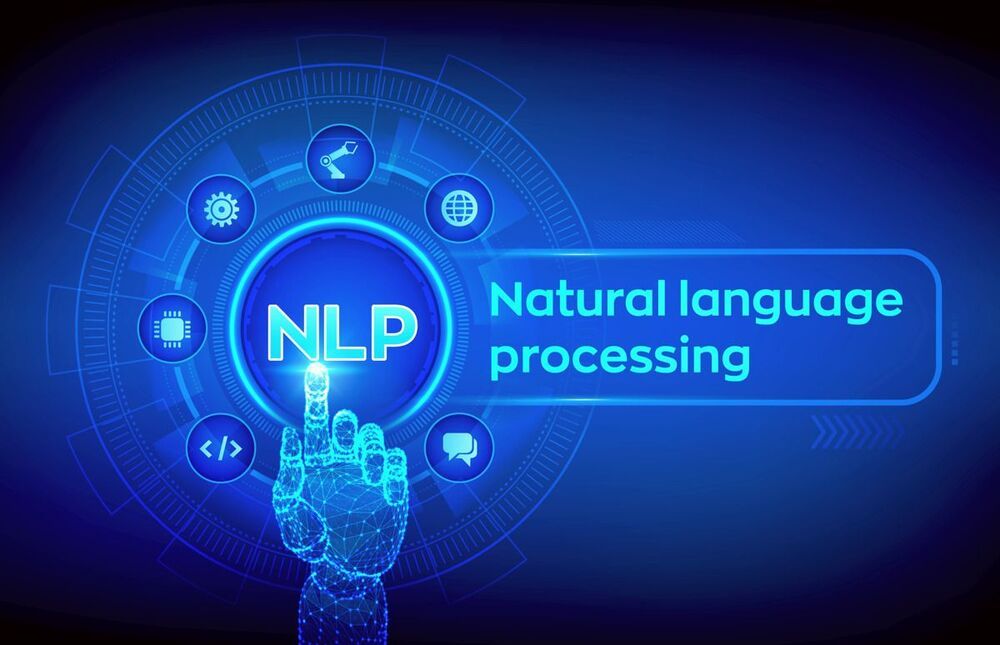Experts say the potential for rapid transformation of the world’s energy system has a parallel in the speed with which cars replaced horses in the 1900s.


No, the Singularity won’t happen. The Second Law of Thermodynamics eviscerates any technology we might invent.




Pharma giants and computing titans increasingly partnering on quantum computing.
Theoretically, quantum computers can prove more powerful than any supercomputer. And recent moves from computer giants such as Google and pharmaceutical titans such as Roche now suggest drug discovery might prove to be quantum computing’s first killer app.
Billy Bob Joe.
· 1t5Smepondsormeddh · Brownsville, TX ·
SN10 Successful Flight and soft Landing, 🚀15min later methane leak goes boom 💥😅STARSHIP SN10 10KM FLIGHT Links: SpaceX Official: www.SpaceX.comSpaceX YouTu… See More.
As early as Wednesday, March 3, the SpaceX team will attempt a high-altitude flight test of Starship serial number 10 (SN10) – our third high-altitude suborbital flight test of a Starship prototype from SpaceX’s site in Cameron County, Texas. Similar to the high-altitude flight tests of Starship SN8 and SN9, SN10 will be powered through ascent by three Raptor engines, each shutting down in sequence prior to the vehicle reaching apogee – approximately 10 km in altitude. SN10 will perform a propellant transition to the internal header tanks, which hold landing propellant, before reorienting itself for reentry and a controlled aerodynamic descent.
The Starship prototype will descend under active aerodynamic control, accomplished by independent movement of two forward and two aft flaps on the vehicle. All four flaps are actuated by an onboard flight computer to control Starship’s attitude during flight and enable precise landing at the intended location. SN10’s Raptor engines will then reignite as the vehicle attempts a landing flip maneuver immediately before touching down on the landing pad adjacent to the launch mount.

Ranjan KC
| Phononic crystals as a nanomechanical computing platform.
Without electronics and photonics, there would be no computers, smartphones, sensors, or information and communication technologies. In the coming years, the new field of phononics may further expand these options. That field is concerned with understanding and controlling lattice vibrations (phonons) in solids. In order to realize phononic devices, however, lattice vibrations have to be controlled as precisely as commonly realized in the case of electrons or photons.

